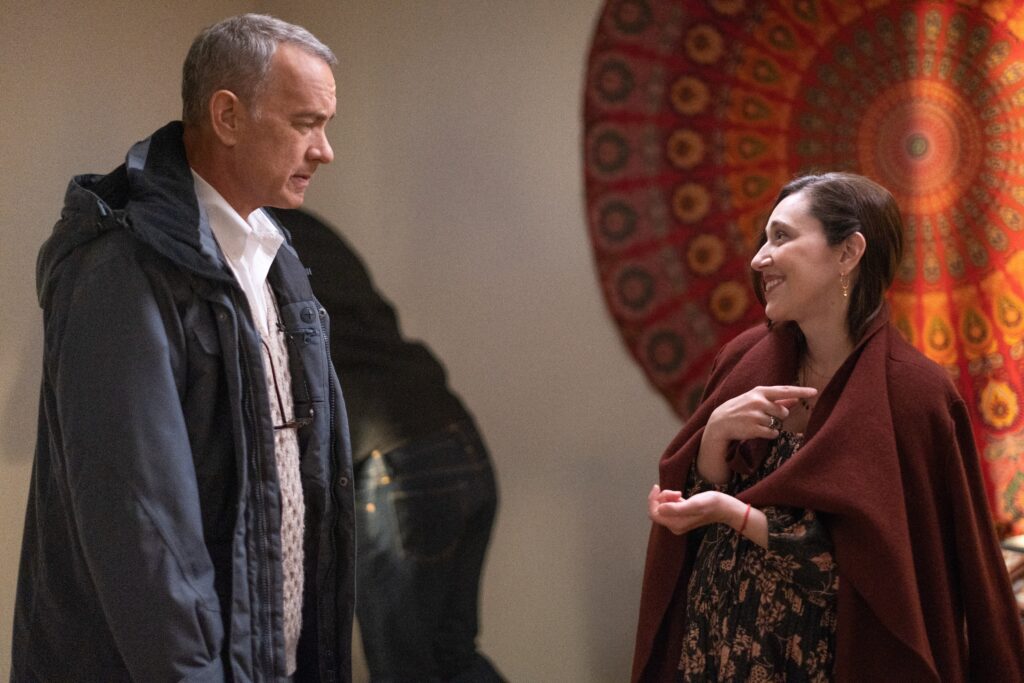
By Regional Industrial Development Corporation
Mar 3, 2023
Construction is finally underway at the historic Carrie Furnace site.
“Pittsburgh was the Silicon Valley of the world,” said August Carlino, Rivers of Steel CEO. “And that’s what’s so critically important about the development that RIDC is advancing here. Because that development represents the new stage of Pittsburgh’s industry.”
Apart from the existing steel structures preserved by Rivers of Steel and repurposed as a popular arts and entertainment venue, the adjacent site has sat vacant for years.
“When I grew up here, years ago when this mill was thriving, a lot of local residents worked here,” said William Price, Rankin Borough Council president. “There was a lot of local small businesses in Rankin. But that all died when the mill shut down.”
The phased development will have portions for various commercial uses, including flex-tech, R&D, biotech, film production, workforce education and training life sciences, light manufacturing and assembly, and other similar uses. In February, RIDC engaged PJ Dick, one of the region’s largest construction companies, as construction manager for the first phase of construction.
Phase one
Phase one, which consists of more than 13 acres, includes the main access road into the site and utility extensions (water, sanitary, electric, gas, fiber, storm, lighting and traffic signalization). The road infrastructure and utility work, which is expected to be complete summer of 2023, is currently being performed by Mele, Mele, & Sons.
“This will be RIDC’s sixth major development in the Mon Valley,” said Donald F. Smith, Jr., RIDC president, “which was the critical industrial valley in Southwestern Pennsylvania and the cradle of the American Industrial Revolution.”
RIDC’s other Mon Valley investments include Keystone Commons, City Center of Duquesne, The Pittsburgh Technology Center, Mill 19 at Hazelwood Green and the Industrial Center of McKeesport.
“You’re going to see an evolution of this site over time that’s transformational,” said Rich Fitzgerald, Allegheny County executive. “Robotics, life sciences, artificial intelligence and next generation manufacturing will be a big part of it.”
Film studio underway
At the same time, plans are also being developed and design work is underway for a film studio at the site. RIDC is working with the Pittsburgh Film Office and other interested parties on creating The Film Furnace — a film studio campus with purpose built sound stages and other amenities.
“What we’ve seen throughout the country and throughout the world is that when new sound stage facilities are built, other businesses come and surround it,” said Dawn Keezer, Pittsburgh Film Office director.
The entire site — 55 acres of developable land which would accommodate an estimated 550,000 to 600,000 square feet of construction — has as a backdrop the existing furnace structures, managed by Rivers of Steel as a national historic site.
Leading the region into the future while paying homage to its past
“You’re going start to see new modern buildings come out of the ground,” Smith says. “These flexible buildings that can accommodate technology companies, light assembly and manufacturing companies, all the sectors of the economy that are growing here in the Pittsburgh region. We’re building the new homes for them right here at Carrie Furnace.”
Also, the county plans to create a riverside pedestrian and bike trail along the Monongahela River and connect the Carrie Furnace Hot Metal Bridge to the Great Allegheny Passage, as well as to the Westmoreland Heritage Trail via the Turtle Creek Valley.
Just as RIDC’s project at Mill 19 leads the region into the future while paying homage to its past, the Carrie Furnace redevelopment project will serve as both a historic landmark and a present-day node of economic activity and asset to the community.
Price adds, “Redeveloping the Carrie Furnace site is very important to the Rankin Borough because of the revenues needed. There are benefits that we think we would get from this as far as bringing more people back into our community. We can’t wait until this property is developed.”
Learn more about the Pittsburgh region’s economic development agenda, as the region increasingly becomes a leading player on the national stage.
The mission of the Regional Industrial Development Corporation is to catalyze and support economic growth and high-quality job creation through public policy advocacy, real estate development and finance of projects that advance the public interest. A not-for-profit entity, RIDC has developed over 2,800 acres in 14 industrial and innovation parks and manages over 7 million square feet.























